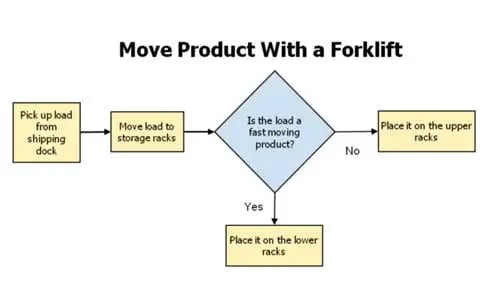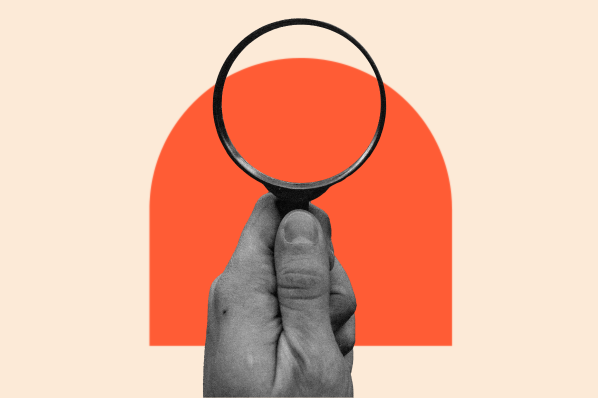What Is Task Analysis?
Task analysis is the process of observing customers using your product or service in real-time to better understand their process for performing certain tasks. Once completed, you can learn which tasks your application should support and what features or interfaces should be adjusted to align with customer needs.
A task analysis can help you understand more than just which tasks customers can complete and how they go about doing so. It can also demonstrate the existing knowledge some users have and how that affects their performance with your product. This gives your team helpful information that further defines your target demographic.
Additionally, it's important to keep in mind that in this case task analysis is being described as a method for improving a business's user experiences. However, this process can also be used for several other reasons, such as helping people with disabilities perform certain tasks and putting together training materials.
The next section breaks down the two types of task analysis you can perform as well as the differences between each two.
Types of Task Analysis
Below are two types of task analysis.
1. Hierarchical Task Analysis
This type takes a complex task and breaks it down into smaller, simpler sub-tasks. That way, you can direct the user to achieve a goal using a certain set of steps. This creates a controlled environment that lets you analyze specific aspects of the customer experience. We can view an example of this type using the image below.

Source: UXmatters
2. Cognitive Task Analysis
This type asks participants to use their problem-solving, decision-making, and personal judgment to complete a task. Customers are given an objective but unlike in a hierarchical test, they can choose how they'll achieve the goal. The researcher takes notes on the participant's process and records the key pain points experienced during the test. This gives businesses an unbiased look into customer perception and how they interpret your interface and design. We can look at a cognitive task analysis in the image below.

Source:NWLink
Now that we're familiar with the two types of task analyses, let's take an in-depth look at each one using the examples below.
Task Analysis Examples
1. Hierarchal Task Analysis Example
Goal/End Task: Find your company's FAQ page online.
Sub-Task 1: Turn on the computer.
Sub-Task 2: Log-in.
Sub-Task 3: Open the web browser.
Sub-Task 4: Search "[Your company] knowledge base."
Sub-Task 5: Select the link titled "[Your company] Knowledge Base."
Sub-Task 6: Scroll down the landing page until you see the heading "FAQ."
This task analysis can help you understand what steps in this process can be simpler or automated to save your users time. For instance, rather than forcing customers to search for your knowledge base and scroll down to read the FAQ, perhaps your FAQ page can be set up as its own page that can be searched straight from the web.
2. Cognitive Task Analysis Example
Goal/End Task: Publish a new blog post.
In this example, you can analyze the decisions a user makes when asked to complete a generic task. For instance, one user might pull out a smartphone, unlock it, open the Notes app, and begin jotting down notes. Another user might pull out a laptop, turn it on, and begin typing in Microsoft Word.
A third user might perform the same steps as the previous user but, instead, open their web browser, search for their blog, and begin typing their blog post there. A fourth user might just shrug their shoulders and claim they've never done such a thing.
This task analysis can help you understand how different users navigate the process of solving the same problem in their unique way. Considering what the majority of users do when assigned a certain problem can tell you how a task is accomplished -- not how you believe it would be accomplished.
For example, you may have assumed most people would have opened a laptop or computer but could be surprised to find that some people prefer to write on their phones or with a pen and notepad. Recognizing these specific behaviors will help your team adjust features and align the product with how your customers want to use it.
Both types of tests are useful to a product development team and can be conducted on any product at your business. To help your team get started, we put together the template below that can be used for both types of task analyses.
Task Analysis Template
Participant Name:
Observer Name:
Date:
Location:
Key:
(I): Independent Step
(V): Verbal Prompt
(P): Physical Prompt
Goal:
|
Task Steps |
Key |
|
1. |
|
|
2. |
|
|
3. |
|
|
4. |
|
|
5. |
|
|
6. |
|
|
7. |
|
|
8. |
For usability tests, check out our guide to first click testing.
User Testing
.png?width=112&height=112&name=Image%20Hackathon%20%E2%80%93%20Square%20(10).png)






![5 Qualitative Research Methods Every UX Researcher Should Know [+ Examples]](https://53.fs1.hubspotusercontent-na1.net/hubfs/53/qualitative%20reseach%20methods_featured.png)
![How the Serial Position Effect Influences Your Users [Cheat Sheet]](https://53.fs1.hubspotusercontent-na1.net/hubfs/53/shoppers%20making%20purchasing%20decisions%20off%20of%20the%20serial%20position%20effect.jpg)



